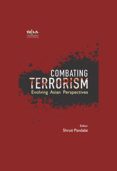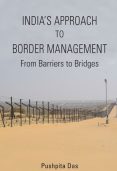Autonomy in Jammu and Kashmir
The demand for autonomy in Jammu and Kashmir (J&K) followed by heated discourses on the subject has been appearing and fading intermittently. The demand as well as discourses, articulated by particular parties in the state, receives equal responses from political parties and analysts at the national level. In fact, the subject has acquired sharp political overtones over a period of time.
- Riyaz Punjabi
- March 2011









